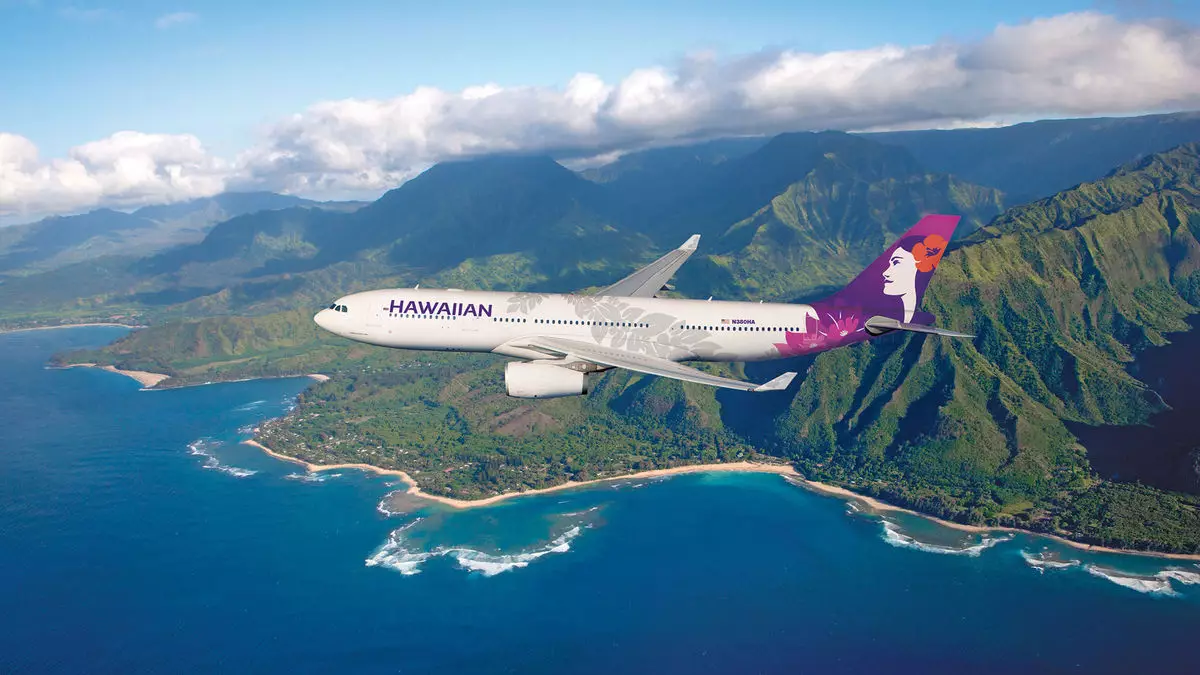The merger between Alaska Airlines and Hawaiian Airlines marks a significant shift in the airline industry landscape, particularly in how these two carriers can now operate synergistically under the Alaska Air Group umbrella. Hawaiian Airlines, which has struggled financially for several years due to the fallout from the pandemic and the devastating wildfires in Lahaina, has found a crucial lifeline in this merger. Prior to this arrangement, Hawaiian Airlines faced declining revenues, compounded by a weakened demand from its vital Japanese market. By merging with the financially stable Alaska Airlines, Hawaiian looks to stabilize its finances and resume a trajectory of growth.
While some industry analysts speculate that this acquisition will not significantly alter the competitive dynamics within the broader U.S. airline sector, there are immediate and tangible advantages for travelers flying to and from Hawaii. As it stands, many passengers have muddled their travel plans by relying on separate airlines to reach their destinations—Hawaiian Airlines for journeys from the islands to the U.S. mainland, and various other carriers for domestic travel. The combined network of Alaska and Hawaiian Airlines will streamline this process, providing users with a unified platform that spans the continental U.S. This integration positions Hawaiian Airlines to become a more formidable player in the market, enhancing its service portfolio for both leisure and business travelers.
Looking ahead, the merger opens avenues for Alaska Airlines to expand its route offerings, including potential long-haul flights from its primary hub in Seattle. Analysts predict that Alaska will leverage Hawaiian’s wide-body fleet to penetrate international markets further, an exciting prospect for a carrier predominantly associated with short-haul routes. Financial analyst Brett Snyder predicts that an expansion of this magnitude could transform Alaska Airlines into a serious player in transoceanic travel, thereby not only boosting its traffic but also enhancing its overall brand presence across the Pacific.
However, beneath the surface advantages lie challenges that Alaska Airlines must navigate. The transition from operating a fleet of solely Boeing narrow-body jets to introducing a range of Hawaiian’s complex aircraft—comprising both wide-body and Airbus models—brings with it operational complexities. Industry analyst George Ferguson underscores that managing this newfound diversity will be a test of Alaska Airlines’ efficiency and cost-optimization capabilities. As they strive to maintain their reputation as an efficient operator, Alaska must tackle the integration of two diverse fleets while ensuring that operational costs remain in check.
The merger between Alaska Airlines and Hawaiian Airlines offers a promising yet complicated future for both carriers. While Hawaiian stands to benefit from improved financial health and expanded market reach, Alaska Airlines faces the challenge of integrating a broader fleet while maintaining operational efficiency. The next few years will reveal whether this partnership manages to balance these opportunities with the inherent challenges that accompany an expanded operational model. The aviation world will be watching closely as these two sister airlines navigate the skies together.


Leave a Reply